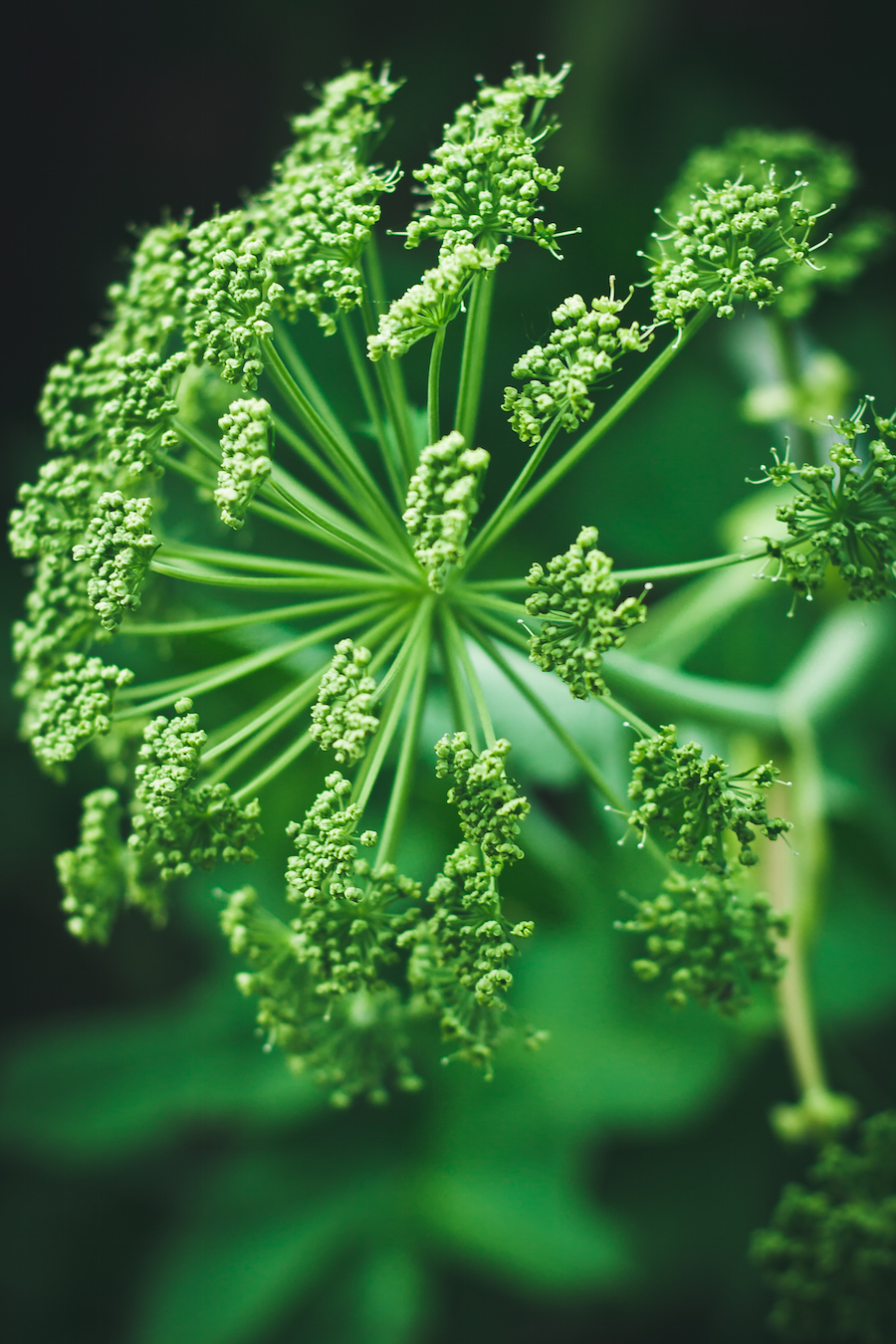Embracing Pineapple Weed
- Andree Noye
- 4 days ago
- 4 min read
A Bioregional Alternative to Chamomile
By Andrée Noye, MA, Clinical Herbalist. Reading Time: 7 minutes

When it comes to building an apothecary rooted in regional ecology and responsible practice, every herb we choose tells a story. In my case, it's also personal. I'm allergic to chamomile (Matricaria chamomilla), and so are a surprising number of my clients. Oral tingling, digestive irritation, and systemic flares aren't uncommon among Asteraceae-sensitive folks. As herbalists, we often recommend chamomile without thinking twice. But here in Nova Scotia, there's a plant that grows wild under our feet and deserves much more attention: pineapple weed.
Also known as Matricaria discoidea, this rugged, pineapple-scented plant thrives in compacted soil, roadside ditches, and the forgotten corners of our gardens. It's not just a folk remedy. It's a clinically relevant, culturally resonant, and ecologically sound substitute for chamomile. Let me show you why I’ve shifted many of my formulas to use it instead.
Regionally Abundant, Ethically Aligned
Unlike chamomile, which is largely imported and cultivated far from here, pineapple weed is everywhere in Nova Scotia. Roland's Flora of Nova Scotia confirms its widespread distribution, and it has been part of Mi'kmaq and Wabanaki medicine for generations. It thrives on disturbed land, which means harvesting it doesn't disrupt fragile ecosystems. From a sustainability perspective, it checks every box.
In Medical Herbalism, Hoffmann reminds us that the best medicine is often what's growing outside our door. Pineapple weed fits that bill. It's more than a substitute. It's a statement about what it means to practice herbalism rooted in place.
Similar Actions, Solid Evidence
Pharmacologically, pineapple weed offers many of the same benefits attributed to chamomile: calming the nervous system, easing digestive tension, and reducing inflammation. A 2024 study in Phyton: International Journal of Experimental Botany confirmed its antispasmodic, analgesic, and sedative actions. The extract extended sleep duration in lab rats by 2.8 times compared to controls. It also showed significant anti-inflammatory effects comparable to over-the-counter analgesics.
The active constituents include apigenin, luteolin, quercetin, and bisabolol derivatives, just like chamomile. In fact, the chemical profile overlaps enough that many of the actions we've long attributed to chamomile can be reasonably expected from pineapple weed. And unlike German chamomile, M. discoidea tends to be lower in problematic allergens. That's critical for clients with ragweed sensitivity.
Traditional Use Carries Weight

Pineapple weed has been used across North America for centuries. Ethnobotanical records show its use in fevers, digestive complaints, postpartum recovery, and even as a mild child-calming herb. It's been applied topically as a poultice and brewed into simple infusions.
In Medical Herbalism, Hoffmann emphasizes that traditional use is more than anecdote. It’s part of the plant’s therapeutic fingerprint. And when modern studies validate what traditional knowledge has long taught, it gives us solid ground to stand on.
Safer for Sensitive Systems
As someone with a known allergy to chamomile, I don’t tolerate it internally, and I’ve learned that many clients don’t either. Even if they don’t connect their symptoms to it right away, once we remove chamomile, their GI or skin symptoms often improve. That doesn’t mean chamomile isn’t useful. But we need to stop assuming it's universally gentle.
Pineapple weed, while still part of the Asteraceae family, appears less reactive. It doesn't trigger the same level of sensitization, possibly due to its unique sesquiterpene composition and shorter domestication history. That said, I still recommend a patch test or microdose before recommending it to anyone with known Asteraceae sensitivity.
Formulation Considerations
I’ve started using pineapple weed in place of chamomile in many of my teas and tinctures. It pairs beautifully with lemon balm, oatstraw, tulsi, and lavender. The aroma is lighter and fruitier, and clients respond well to it emotionally. It holds up in infusions, though it’s best used fresh or carefully dried to retain its pineapple scent.
Topically, it can be infused into oil and used for rashes, sore muscles, or added to skin balms. It doesn’t have the same volume of research behind it for dermatological use, but traditional use and energetics support it.
It also makes an excellent hydrosol. Distilling the fresh flower heads yields a light, calming mist that I use in my clinic room. Clients find it comforting, and it’s especially helpful for children’s blends.
From Weedy Nuisance to Apothecary Ally
One of the most satisfying things about working with pineapple weed is the story it tells. Clients are amazed when they learn this common, easily overlooked plant is medicinal. For students, it becomes a lesson in humility and observation. It teaches that medicine doesn’t have to be exotic to be powerful. It invites a slower, more rooted way of seeing.
And for those of us building a practice in rural Nova Scotia, it’s a plant that allows us to embody what we teach. Local first. Ethical always. Effective because it belongs here.
Closing Thoughts
Chamomile still has a place. It’s backed by centuries of use and well-controlled clinical trials. But for many of us, especially in Asteraceae-sensitive bodies or those seeking bioregional alternatives, it no longer needs to be the default.
Pineapple weed offers us a chance to reorient. To look down at our feet. To meet a medicine that has been waiting quietly beside us.
I’ll keep choosing it. Not because it’s trendy, but because it’s right for this place, this work, and this body.
References
Hoffmann, D. (2003). Medical Herbalism: The Science and Practice of Herbal Medicine. Healing Arts Press.
Koshovyi, O. M. et al. (2024). "Pharmacological potential and molecular docking study of Matricaria discoidea extracts." Phyton: International Journal of Experimental Botany, 93(11), 58782.
Roland, A. E. (1998). Flora of Nova Scotia, 3rd ed. Nova Scotia Museum Publications.
ACCDC (Atlantic Canada Conservation Data Centre). Species database.
E-Flora Atlantic Canada. Species distribution maps and ethnobotanical entries.



